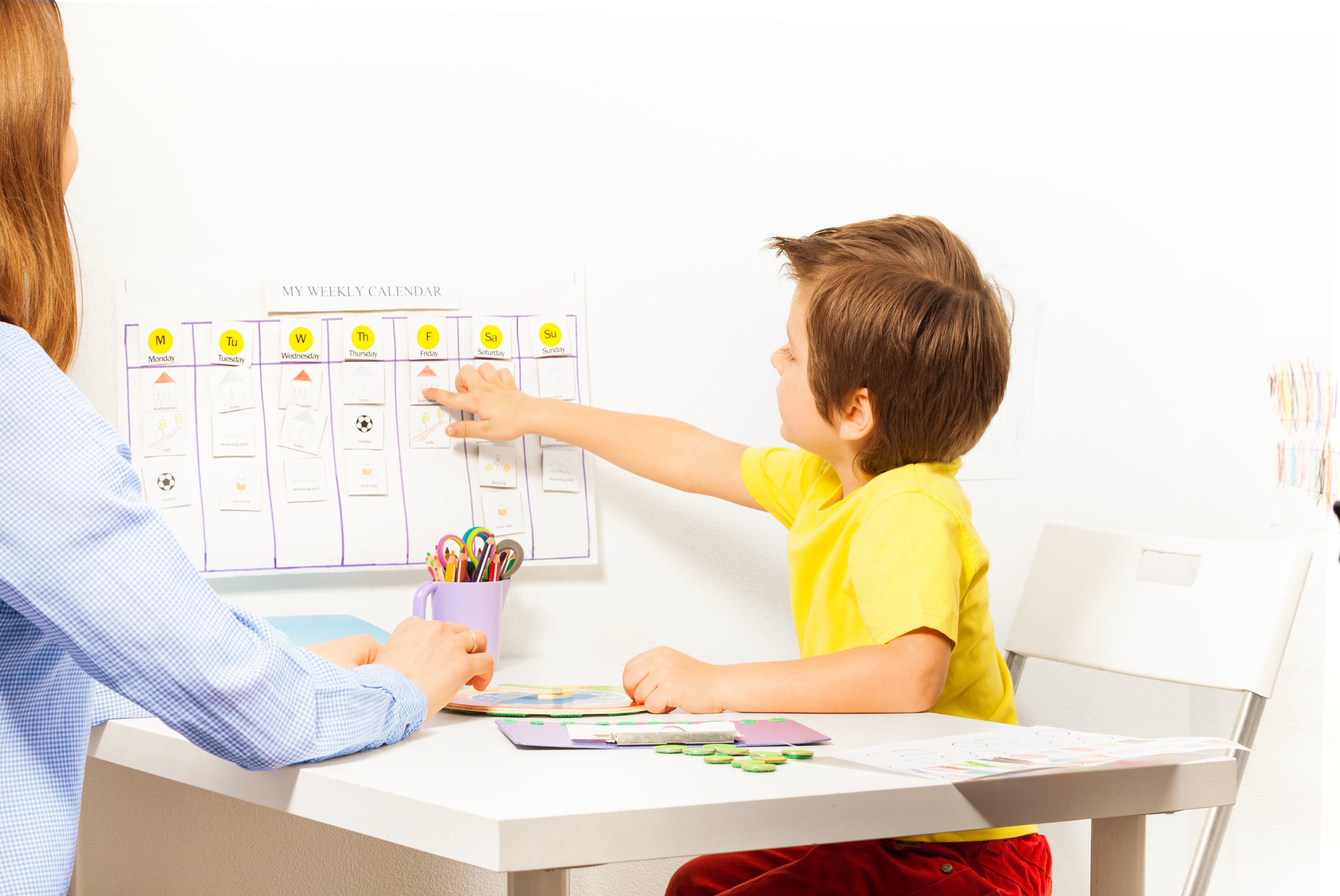How to Win at Online Classes
Online classes can be a big boom for homeschoolers — but they can be a real bust, too. Here’s what you need to know to find the classes that are best for your homeschool.

It's no surprise that online class attendance continues to grow — an upward trajectory that Babson Survey Research Group says started 14 years ago — but as more class options become available and the software for these classes becomes more affordable, it can be hard to tell the good ones from the not-so-great.
“We’ve taken online classes, and the experience has been all over the place,” says Faith*, who homeschool her 13-year-old and 16-year-old sons. “We have had amazing teachers whose classes were challenging and en- gaging, and we’ve had classes where teachers were clearly phoning it in or where the technology problems kept getting in the way of class time.”
Faith has found there’s a similarly wide range of possibilities when it comes to teacher feedback, course rigor, and course expectations — and it’s not always clear just skim- ming a class description whether the class will be a good fit. Here are some strategies to help find a class that’s likely to give you what you want.
Look for real-time interaction with teachers and students.
Whether classes are live or recorded in advance, good classes include instructor-to-student and peer-to-peer discussion sessions as part of the class.
Consider the teacher’s background.
Homeschoolers know better than anyone that non-degreed teachers can be as passionate and engaged in a topic as PhDs, so lack of a degree shouldn’t weed a teacher out — but the best online classes vet teachers for experience and expertise. You may find some treasures in online classes that allow anyone to sign up to teach, but you are likely to run into more unsatisfying classes, too.
Look at what feedback a class offers.
A writing class, for instance, that doesn’t offer substantial, written feedback on assignments is less likely to be a good experience than one that does. Online classes should specify what kind of feedback is included in the class. This can be especially important for high school classes, where you may be looking for outside academic confirmation of student’s abilities and quality of work.
Consider the student requirements.
Some classes are fun, dip-you-toes-in introductions and others are more rigorous. Know what you want so that you can make the right choice for your student — and the other kids in the class. Nothing is more frustrating than being the only student in a class who is doing the reading every week.
Be respectful of teacher recommendations.
If there are minimum requirements for a class, don’t sign up a kid who hasn’t covered those bases, even if he’s passionate about the subject. Some classes are set up assuming students have a foundational knowledge base, and coming in without that can make the class frustrating for student and teacher. (If you think your child merits an exception, check with the instructor.)
Make sure you’re ready for the tech.
If a class needs you to have a microphone or to download a specific software, make sure you can make the tech specs work before you sign up.
Ask to “sit in” on a class.
It’s not always possible on the technology end, but the best way to tell whether a class is a good fit is to test it out.
*last name omitted for online publication
When your marriage ends, homeschooling probably isn’t the first thing on your mind — but navigating a divorce while homeschooling can bring up unexpected issues.
Whether you live to color-code or need a system that flexes and changes with your family’s needs, keeping good homeschool records is essential. And you can do it — all you need is a system that you’ll actually use.
Aminata and Malcolm have discovered that a purposeful morning routine is the perfect start to their homeschool day.
A love of reading comes naturally for some kids and not-so-naturally for others, but you can do a lot to make your home a space where reading is an important part of everyday life.
When your homeschool starts to feel like more work than fun, it’s time to make a change.
If you’re homeschooling your middle schooler, you probably have a lot of questions. The good news: It’s going to be pretty exciting to navigate these big changes with your homeschooler.
Planning your homeschool year is about more than just making a weekly checklist or figuring out what to use for science. If you want your homeschool to grow with you and take your kids where they want to go, keeping these questions in mind can help you stay on track.
The best way to plan your homeschool year is the way that works best for your particular homeschool — and like all the rest of homeschooling, it may require some trial and error to find the right balance. That’s why our “perfect” planning method is adaptable as you need it to be: Use the skeleton to make a loose frame for the year, or go all out and plan every week in advance. It’s your homeschool. Make a plan that works for you.
A homeschool retreat can be inspiration, direction, and sanity saver all in one — and if you don’t have a secular homeschool conference nearby, you can create your own.
Chances are, you’re doing better with this whole homeschool thing than you think you are. These six signs are all indicators that you’re on the right track — and we think that’s something you should celebrate.
5 surprising ways to build a homeschool life that works for your whole family — including you. “If your homeschool isn’t giving you personal satisfaction most of the time, something needs to change.”
It’s easy to get so caught up in your everyday to-learn lists that you lose sight of the bigger picture of what you want your homeschool life to feel like.
Reinventing your homeschool is just part of the process, but this six-step process will help your homeschool grow in the ways that work best for your family.
Your official last day of school can be whenever you want—so pick a date that matches your family’s homeschool rhythm (or don’t pick a date and have a year-round homeschool).
The secret to transitioning to homeschooling high school isn't so secret: Just keep doing what you've been doing, and trust that you've gotten to know your kid's academic abilities.
College isn't the only post-high school option for homeschooled teens. Whether you're in search of an alternate path or a great gap year, here are some options for what's next.
This easy organization method won’t stress you out and will make your life a whole lot easier when you start working on transcripts and other official paperwork for high school graduation.
Planning out your year doesn’t have to be scary or stressful.
There are two keys to a successful homeschool: The first is figuring out what works for your family, and the second is knowing when your carefully figured out system needs to change.
One essential skill homeschoolers don’t always get to practice: Turning work in on time.
There’s no one right way to use all that reading you already do to help your kids absorb information, think critically, and start making connections, but here are six strategies to get you started.
How do you break up with your kid’s teacher?
When you get that stuck-in-a-rut feeling — and we all do sometimes — these simple-to-pull-off changes can make your homeschool feel bright and shiny again.
“We loved the idea of living without a schedule, but we quickly discovered that we were miserable living without a routine.”
This is my go-to recommendation for new homeschoolers — it's designed to help you find your rhythm, build comfort with leading your students’ learning, and keep the learning going as you find your way. It’s basically a six-month, low-cost-investment guide to starting homeschooling.
If you’re homeschooling to get through the world health crisis, you totally count as a homeschooler — but what you need may not be traditional homeschool recommendations.
We rounded up our readers' best tips to prepare for back-to-school.
Navigating big changes in your homeschool life can seem like a scary prospect, but you’ve got all the tools you need to make your next big transition feel as exciting as it is stressful. Here’s what you need to know.
A more rigorous homeschool involves pushing further and deeper across the curriculum.
Amy Sharony is the founder and editor-in-chief of home | school | life magazine. She's a pretty nice person until someone starts pluralizing things with apostrophes, but then all bets are off.































A creative learning space is less about actual stuff and more about giving your children space to explore ideas in different ways.